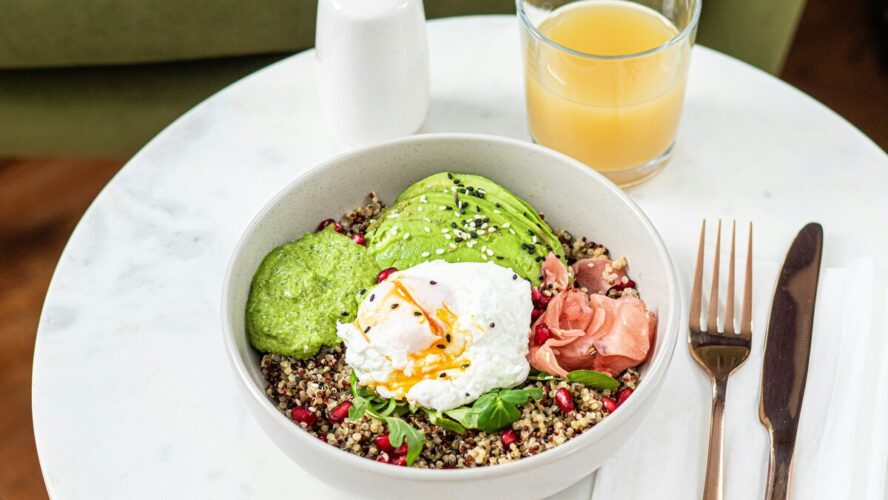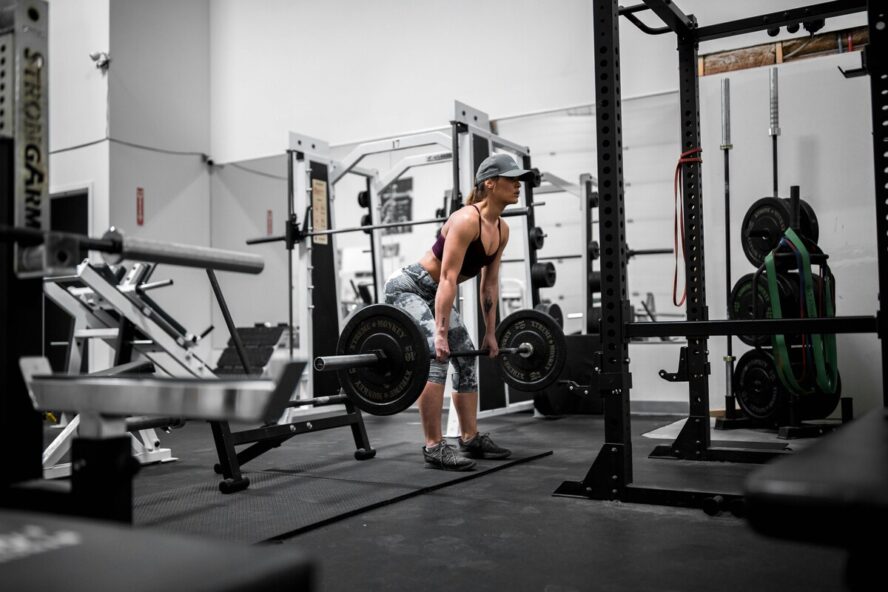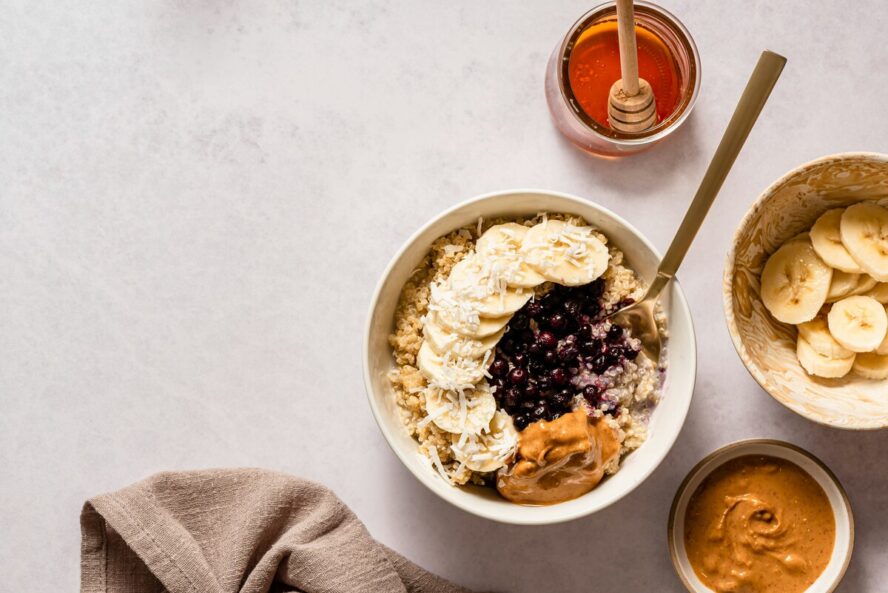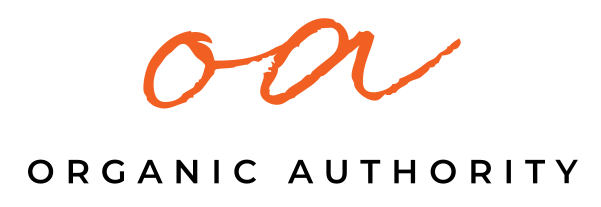What Is a Healthy Breakfast, Really? Experts Share What You Need to Know
Move over intermittent fasting — experts want us to bring back the ‘most important meal of the day.’

If we’ve learned anything from covering health and wellness news for decades, it’s that our understanding of the effects of different foods on our bodies is in constant evolution. We’ve seen the metronome of public opinion swing back and forth on butter, red wine, and more — and now breakfast is under the microscope again.
For decades, we were told that breakfast was the “most important meal of the day,” a claim frequently attributed to lobbyists looking to make money for Big Agriculture companies like Kellogg’s1. But in more recent years, the ever-increasing popularity of intermittent fasting has led many to skip breakfast to delay eating until lunch. Now the pendulum is swinging back again, with recent research showing that breaking your fast in the morning is good for your health after all.
Skipping Breakfast Could Lead to Early Death
So is skipping breakfast bad for you? Well, a 2019 study in the Journal of the American College of Cardiology found that people who skipped breakfast increased their risk of early death by a whopping 75 percent2. More recently, a study in Communications Medicine surveying 3,000 older adults in the UK found that for every hour that breakfast was delayed, the risk of death over the next ten years rose by ten percent3.
Breakfast Sets the Stage for Your Day

For Destini Moody, CSSD, LD, a registered dietitian specializing in sports performance at Live it Up, this is only the beginning of the downsides of skipping the first meal of the day.
“Whenever I see clients who tell me they struggle with feeling hungry, especially between lunch and dinner time, they almost always are skipping breakfast,” she says. “The same clients also describe eating a very large dinner as well as snacking throughout the day.” Eating first thing in the morning, she explains, “sets the stage for how your hunger will be the rest of the day.”
Kathleen Benson, CSSD, CPT, RDN specializing in PCOS/Women’s Health, Sports Nutrition, & Digestive Health at VNutrition, agrees. “Eating something in the morning can also help prevent that extreme hunger later in the day that sometimes leads to eating past fullness or making less intentional choices,” she says. “Starting the day with a balanced meal can support energy, mood, and focus throughout the morning.”
Breakfast Is Key for Strength-Building
For those looking to get and stay strong, skipping breakfast also sets them at a decided disadvantage.
“Skipping breakfast drastically increases the risk of muscle loss, as your body often breaks down muscle for energy during long periods without food,” explains Moody. “This is important to note if you are an athlete or a weightlifter who is trying to build muscle and strength, as practices like intermittent fasting can be counterproductive to these goals.”

Of course, this doesn’t mean that you can eat whatever you want for breakfast and expect to see gains in the gym. We’ve moved well past the days of recommending cornflakes as the perfect breakfast. If you want to optimize your first meal of the day, here are the three essential things to bear in mind.
1. What to Eat for Breakfast
Take a look around the world, and you’ll quickly see how much breakfast differs from country to country. The small, sweet breakfast in Italy and France is fueled mainly by quick-acting simple carbs and caffeine, while in Japan, a more savory combo of fermented miso and fish rich in omega-3 fatty acids is common. In the UK, the tradition of a “full English breakfast” is as copious as dinner in many parts of the world, pairing protein-rich eggs and fatty breakfast meats with carbs like toast or potato scones. And in the US, protein-rich grab-and-go options have become the norm, with options ranging from overnight oats to smoothies you can drink while you drive.
So what is a healthy breakfast, and where should you turn for healthy breakfast ideas? If you’re asking yourself, “What should I eat for breakfast tomorrow?” — here’s where to begin.
Building an Ideal Breakfast

For Benson, planning your breakfast doesn’t need to be complicated, though it is good to be mindful and intentional with your first meal of the day. “It is a great opportunity to start getting in key nutrients, especially fiber and protein, which can be harder to make up later,” she explains.
She recommends focusing on a balance of all three macronutrients and as many micronutrients as you can feasibly swallow. “The goal is to build a meal with a protein source, a fiber-rich carb, and healthy fats,” she says, “and if you can add veggies, even better.”
Moody agrees. “You want a solid source of protein like eggs or Greek yogurt along with fibrous foods like veggies, berries, or other fruits,” she says. “Focusing on micronutrients is less important when compared to the macronutrient distribution of the meal.” If helpful, you can try focusing on one macronutrient — a high-protein breakfast, for example — and then layering other nutrients in from there.
Within those overall guidelines, however, the sky really is the limit — and Benson encourages people to get creative with how they start their day. “Breakfast does not have to mean traditional breakfast food,” she says. “If you want a taco bowl in the morning, go for it. A bowl with lean ground turkey or beef, rice, tomatoes, spinach, salsa, and avocado is a perfectly balanced breakfast.”
As for what not to eat, both experts recommend steering clear of the quick-acting carbs that define most supermarket breakfast aisles.

“I would advise against eating too many refined carbohydrates like pancakes with syrup,” says Moody, “as the blood sugar spikes can cause you to crash mid-morning, which spells bad news for those who have to be productive at work or school.” And if you’re working out in the morning, Benson says, “you might feel better with a lower-fat, lower-fiber option for easier digestion.”
2. How Much to Eat for Breakfast
There’s no one-size-fits-all approach to breakfast, which is probably reassuring for those who are put off by the idea of eating first thing in the morning. Moody notes that in an ideal world, a higher-volume breakfast is better than a smaller one to reduce the risk of snacking mid-morning — but that isn’t a hard and fast rule. Benson highlights that a lighter option can work well for some, like those who work out early or feel queasy when they first wake up.
“In that case, I often recommend treating breakfast like a snack opportunity, a small pairing of protein/fat and carbs,” she says. “A great starter combo could be Greek yogurt with berries.”
Try Gradually Ramping Up to a Heartier Breakfast
Don’t be afraid to change things up, especially as you get used to eating in the morning. “If you want something a little heartier, add ground flaxseed, nuts, or seeds for extra staying power,” suggests Benson. “The idea is to make it approachable, something you actually look forward to rather than force yourself to eat.”
Once you’ve gotten more accustomed to eating breakfast, you may find yourself growing hungrier — Benson encourages folks to lean into that craving.
“If it is a longer or more active day, or if someone has a physically demanding job or a long stretch before lunch, a heartier breakfast can help sustain energy and performance,” she says. “Think larger portions of fiber-rich carbohydrates, protein, and healthy fats, plus veggies if you can. For example, scrambled eggs with spinach, peppers, and tomatoes alongside peanut butter toast can be a satisfying and balanced option.”
3. When to Eat Breakfast

So at what time does breakfast start teetering into lunch territory, and what is the best timing to eat breakfast? When it comes to deciding when to eat breakfast, experts say the best option is to pay attention to your own hunger cues. “There is no single right time,” says Benson. “It is about what feels best for your body. If you tend to wake up feeling nauseous, it is fine to wait a bit. But if you often feel low energy or irritable in the morning, having breakfast sooner can help stabilize blood sugar and mood.”
That said, Benson still offers a few general guidelines. “In general, eating within 30 minutes to a few hours of waking works well for most people,” she says. “Eating early can also support digestion and help stimulate a morning bowel movement for some people.”
Moody agrees, recommending that people consume breakfast within two hours of waking up. “Just make sure it’s not too close to lunch time so as to not throw off your day’s eating schedule.”
And if it’s easier or more convenient, don’t be afraid of splitting your breakfast in two. “For those who work out early, even something small like a banana beforehand and a balanced breakfast afterward can help with energy and recovery,” suggests Benson.
Whatever you choose to eat for breakfast (and whenever you choose to eat it!), these experts’ opinions are clear: make sure you do.
Sources:
- https://www.theguardian.com/lifeandstyle/2016/nov/28/breakfast-health-america-kellog-food-lifestyle
- https://www.jacc.org/doi/10.1016/j.jacc.2019.01.065
- https://www.news-medical.net/news/20250909/Why-breakfast-timing-may-be-a-simple-marker-of-healthy-aging.aspx

